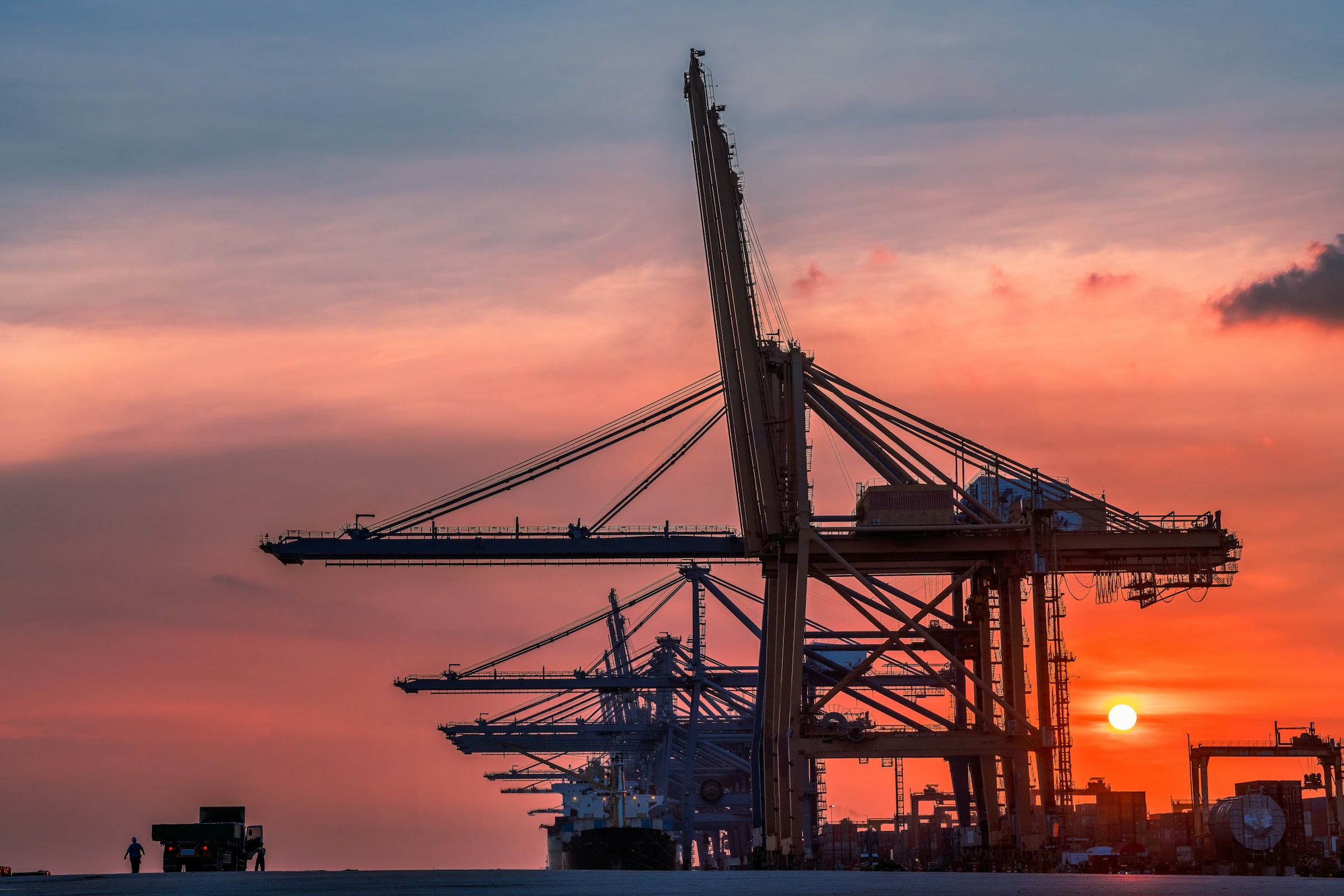The 15% tariff agreement struck between the United States and the European Union may appear on its face as a tactical de-escalation—a narrow fix to avoid a broader trade war. But beneath that calm veneer lies a recalibrated trade doctrine with capital allocation implications that go far beyond bilateral headlines. This is less about immediate economic relief and more about codifying industrial protectionism as strategic orthodoxy.
This is not the first time transatlantic trade friction has been massaged into temporary stability. But this iteration carries structural weight: the tariff deal does not eliminate trade barriers—it equalizes them. It signals that both blocs are prepared to formalize economic partition in key sectors while maintaining rhetorical alignment on cooperation. Such a shift forces sovereign investors and trade-exposed corporates to adjust expectations around tariff permanence, supply chain reconfiguration, and regional pricing power.
The deal’s specifics are telling. A 15% blanket tariff on most EU imports into the US—paired with selective zero-duty categories for US exports—suggests asymmetry in protection intent. It effectively lowers inbound cost pressure for US industrial inputs while buffering domestic producers from EU competition. This is not a neutral move. It reflects Washington’s intention to harden value chain defensibility ahead of electoral volatility in 2025–2026.
From a policy apparatus standpoint, this represents more than a customs duty negotiation. It is a synchronised industrial policy shield dressed in cooperative language. US Commerce has taken the lead, but the posture aligns with broader themes from the National Economic Council and Department of Energy—targeted de-risking, especially in dual-use or tech-adjacent sectors. The EU, despite public-facing alignment, faces internal fragmentation on whether to mirror this posture or continue appealing to WTO-based liberalisation.
Historically, US-EU tariff tensions have surfaced episodically—from steel and aluminum duties to Airbus-Boeing subsidy battles. But this moment diverges from those past frictions in one key dimension: today’s agreement embeds tariffs as baseline posture rather than emergency tools. If 15% becomes the “normalized” rate across politically sensitive sectors, firms must reprice long-term trade friction as semi-permanent, not cyclical.
Contrast this with the early 2010s, when multilateral trade norms still held credibility and US-EU disputes were litigated at the WTO. The pivot to bilateral calibration now reflects diminished faith in rules-based adjudication and a rising appetite for managed trade regimes. The US is signaling that market access will be increasingly contingent on political alignment, not comparative advantage.
Immediate market reaction was subdued but directionally telling. The euro held flat against the dollar, but eurozone export-sensitive equities posted intraday gains—an acknowledgment that codified tariffs, while painful, provide forecastable pricing bands. US Treasuries saw no meaningful yield dislocation, implying that investors see this less as a macro risk trigger and more as structural posturing. However, sovereign funds with transatlantic exposure will not treat this as noise. They are recalibrating.
For GIC, NBIM, and other long-horizon allocators, the signal is clear: US policy continuity on trade is now structurally detached from administration changes. That alters how allocators model industrial exposure, pricing in increased localization risk and duration mismatch across supplier networks. Forward-looking capital may shift further toward North American onshoring plays, energy transition infrastructure, and dual-use compliant supply chains—areas buffered from tariff whiplash.
In the Gulf, where sovereign funds such as ADIA and PIF seek strategic alignment with both US and European industrial flows, this move introduces new calibration requirements. Tariff-mediated trade realignment may benefit Gulf-origin joint ventures positioned as neutral bridge builders—particularly in critical minerals, aerospace, and agritech. But fund managers will need to account for slower EU repositioning and rising US regulatory discretion.
Singapore, for its part, may interpret this US-EU realignment not as a threat—but as an opening. The codification of regional trade barriers could incentivize neutral platforms, hubs, and fund domiciles. For sovereign fund-linked portfolio firms or Temasek affiliates, it presents an opportunity to absorb diverted capital and manufacturing that seek regulatory insulation and geopolitical agility.
This tariff framework, then, is not merely a bilateral easing. It is a declaration that free trade as ideology has ended—replaced by a trade architecture governed by sectoral defense, reciprocity logic, and managed asymmetry. Such architecture privileges size, not efficiency; policy durability, not market fluidity.
What it signals is unambiguous. Trade friction is no longer a threat to be resolved—it is a structure to be governed. Allocators and policymakers alike must now plan for a world where tariffs do not recede, but rotate—and where capital follows not openness, but orchestration.















